7 min read
From BOPIS to the Last Mile: Meeting the Holiday Demand
It’s the most beautiful time of the year… the bumper-to-bumper traffic on the way to the shopping malls and the back-ordered, highly sought-after...
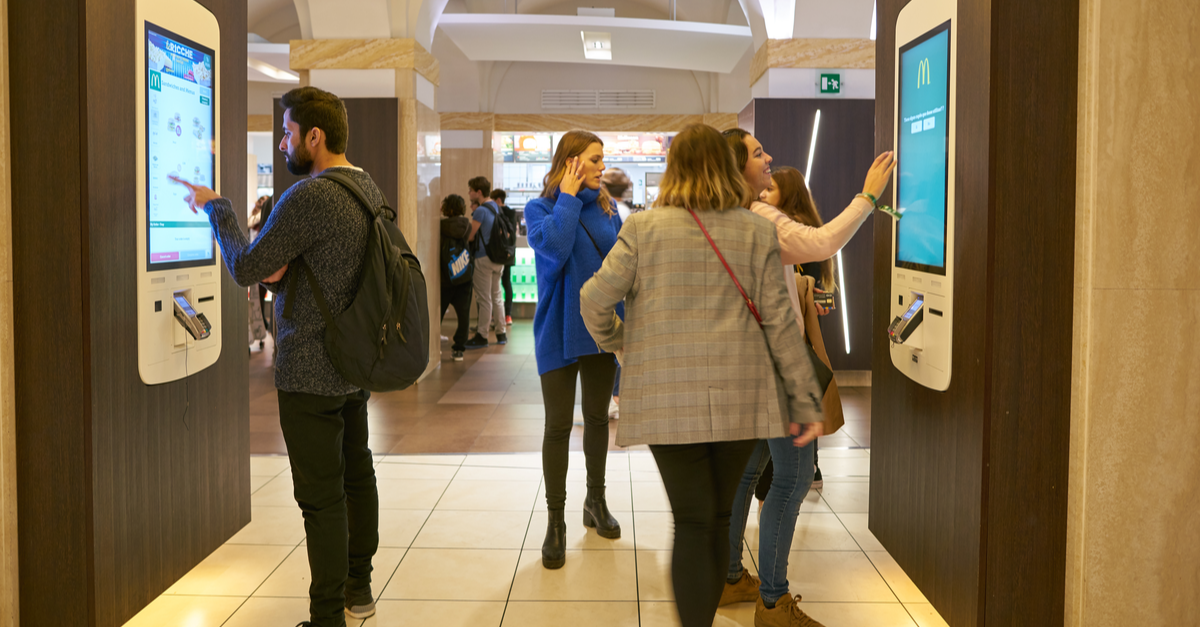
Isn’t it wild to think about how the COVID-19 Pandemic will be a distant memory one day? Though we are long from identifying with that fact, much must be done to halt the spread of the virus while keeping people safe and business operations running smoothly and effectively. The Food and Beverage Industry has taken quite a hit in the last year, and seeing as though we’ve survived a year that struck so much pain and hurt in millions of lives; there is much hope that we can embrace this new year with strength and accomplish anything that is hurled our way, one of those things being the art of navigating the retail/hospitality landscape and how it’s altered the customer mindset towards in-person payments through self-service and patronizing restaurants of every shape and size.
Whether forced to shut down or only house a specific capacity of consumers, restaurant workers were poorly burned to help keep employees and patrons alive from the virus. 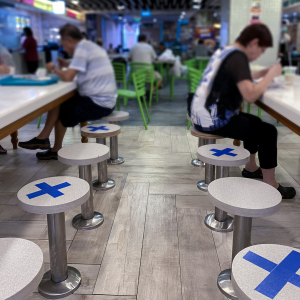 A time of panicked chaos almost struck as restrictions and curfews were instated in various regions of the country, and many wondered how they could keep their businesses afloat into the foreseeable future. Several restaurants switched up their methods to operate only through pickup and delivery, almost overnight, to keep up with the growing list of restrictions. Dining room staff members were furloughed and even totally let go to preserve the kitchen's efficiency and the brand.
A time of panicked chaos almost struck as restrictions and curfews were instated in various regions of the country, and many wondered how they could keep their businesses afloat into the foreseeable future. Several restaurants switched up their methods to operate only through pickup and delivery, almost overnight, to keep up with the growing list of restrictions. Dining room staff members were furloughed and even totally let go to preserve the kitchen's efficiency and the brand.
For those who offered contactless and socially distant digital signage through pop-up kiosks, it’s as if they’ve had the tools and resources to survive an outbreak like this for quite some time already. Before the pandemic, it has been understood that kiosks have helped to cut down on payroll costs, and with that notion in mind, that savings plan can and will be essential for businesses’ economic survival. KFC, for example, is already implementing such advanced digital signage in several of its locations across the country. They are working to develop an environment where there is less contact between employees and customers by using cubbies to handle and monitor in-store “delivery.”
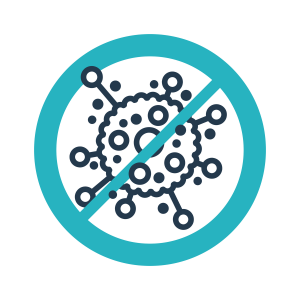 While kiosks are still accompanied by the issue of identifying as a “high-touch surface,” most modern kiosks’ architectures are easy to clean and disinfect. They can even be fitted to withstand the harsher gels that come with sanitizing wipes so that employees can quickly but efficiently wipe down kiosk screens after and before usage. Touch-less kiosk installations are a concept that has been embraced and pursued to promote a heightened sense of safety in high-volume traffic areas.
While kiosks are still accompanied by the issue of identifying as a “high-touch surface,” most modern kiosks’ architectures are easy to clean and disinfect. They can even be fitted to withstand the harsher gels that come with sanitizing wipes so that employees can quickly but efficiently wipe down kiosk screens after and before usage. Touch-less kiosk installations are a concept that has been embraced and pursued to promote a heightened sense of safety in high-volume traffic areas.
Outside of the Pandemic, there are a plethora of benefits to installing self-service kiosks in quick-service restaurants, including cutting down on the existence of queue lines and decreasing wait times. A self-ordering stall can minimize wait times by letting the customer themselves build their order, send it to the kitchen, and pay, all in just a few minutes and screen taps. In addition, many find a sense of heightened order accuracy when customers enter their order into the device. This can cut back on unnecessary angry customer complaints and negative online reviews because no human error will occur. In the wake of COVID-19, restaurants, both quick-service and sit-down/fine dining, aren’t able to deliver personalized customer service anymore, mainly face-to-face, so instilling that a fast and seamless experience replaces the previous interaction is only just.
To provide a sense of relief for our partner/customer base, BlueStar crafted various collaborative solutions for several vertical markets, including Healthcare, Supply Chain, Government, Retail, and Hospitality. This site is dedicated to educating partners on specific solutions which fill the needs brought on by the COVID-19 Pandemic. Our goal here is to enable partners with meaningful solutions that can be taken directly to market and in the long run, save the day to what capacity it can.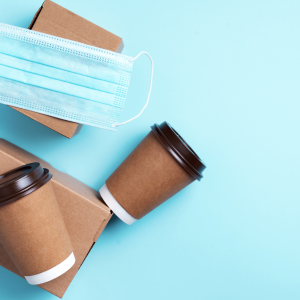
Elo and Grubbrr were able to join forces with their Restaurant Self-Order Kiosk Solution, which combines various hardware devices and software services to create the ideal solution for ensuring businesses stay open and operating during government restrictions and regulations. If you’re interested in learning more about this COVID-19 solution, be sure to read the following one-pager.
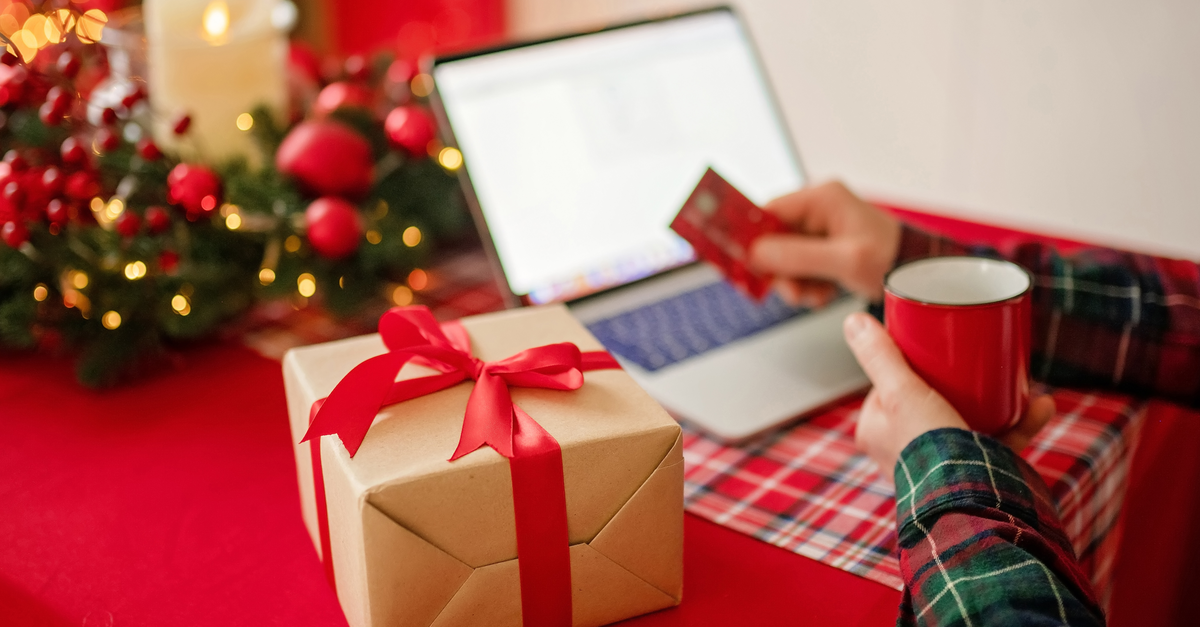
7 min read
It’s the most beautiful time of the year… the bumper-to-bumper traffic on the way to the shopping malls and the back-ordered, highly sought-after...
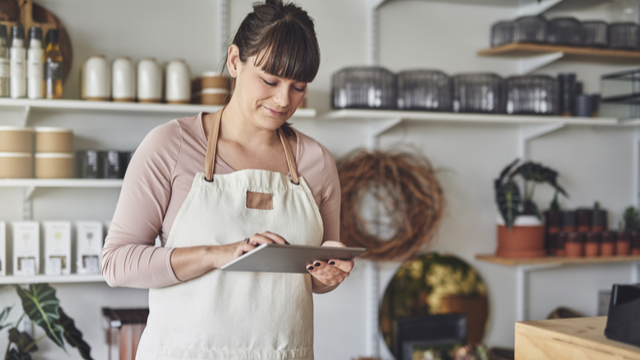
6 min read
No matter the industry, whenever a new tactic or strategy is implemented, there will always be challenges before an organization can master the...
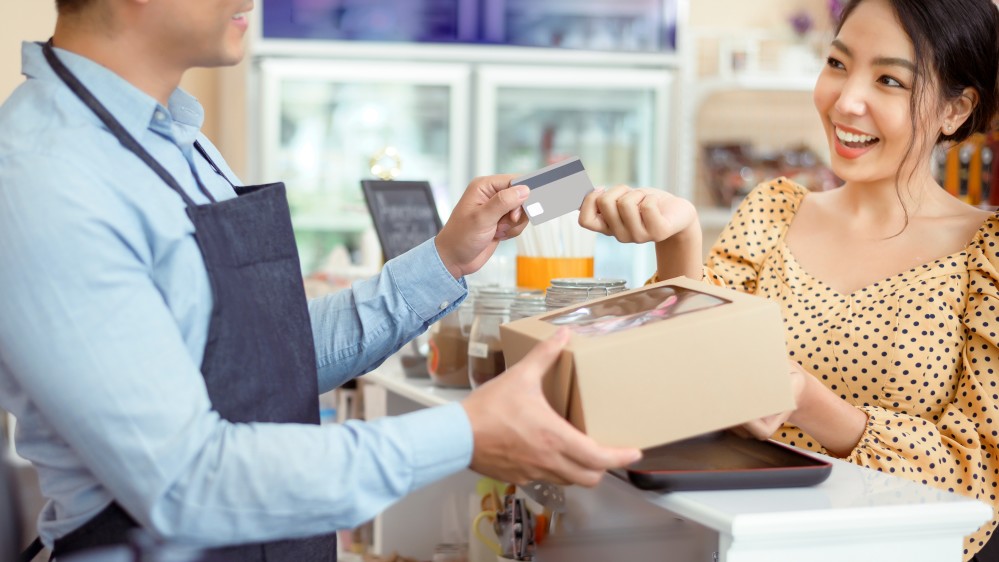
5 min read
Customer experience has become a top priority for shoppers, even topping price and product quality when choosing where to shop. According to a PwC...